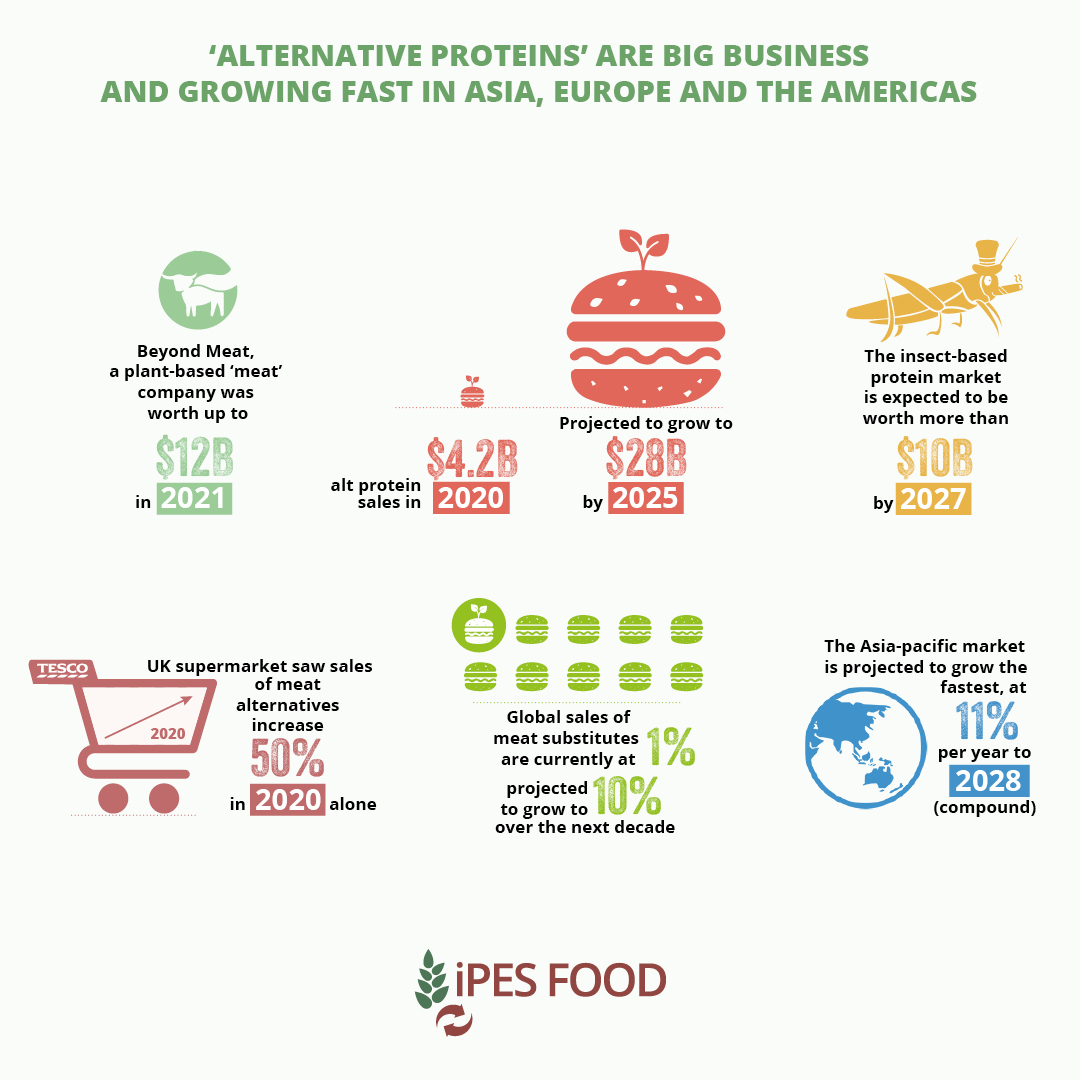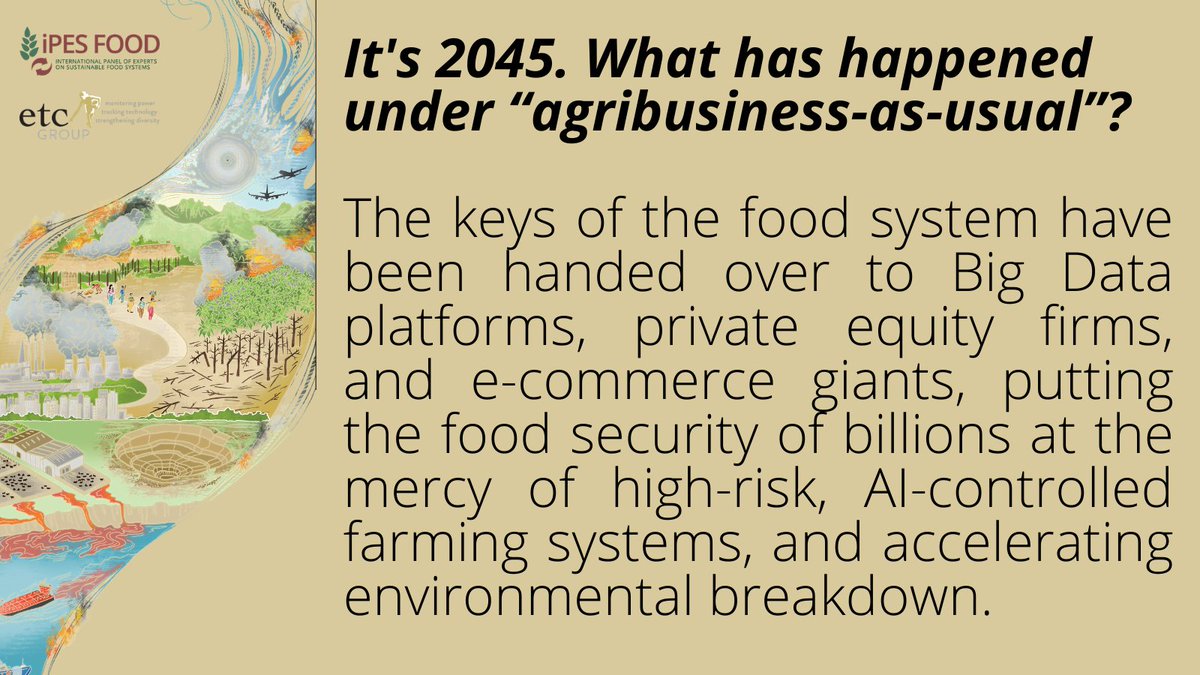"In industrial feedlots or CAFOs, the high number & density of genetically uniform animals & the concentration of waste, creates a favourable environment for #pathogens to spread, adapt & reproduce at a rapid pace."
Read the 2017 report: ipes-food.org/_img/upload/fi…
#COVID19 #Health
Read the 2017 report: ipes-food.org/_img/upload/fi…
#COVID19 #Health

"The emergence of new #zoonotic infectious diseases occurs most often where the natural habitat & populations of wild animals overlap w/ the anthropologically controlled habitats & populations of domesticated animals (Jones et al., 2013; Leibler et al., 2009; Patz et al., 2004)."
"As #food production encroaches onto formerly untouched ecosystems, often via #deforestation, humans and domestic animals are exposed to wildlife and the diseases they carry
(Goodwin et al., 2012; Morse, 2004; Patz et al., 2004)."
@futureoffoodorg @eaAgriFood @FoodNavigator
(Goodwin et al., 2012; Morse, 2004; Patz et al., 2004)."
@futureoffoodorg @eaAgriFood @FoodNavigator
• • •
Missing some Tweet in this thread? You can try to
force a refresh



















